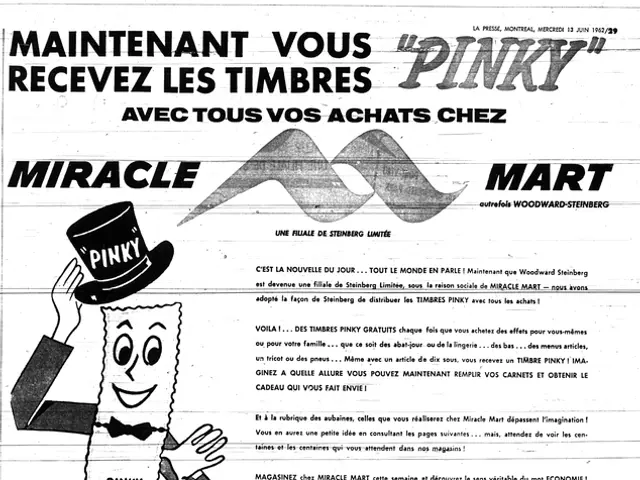Transformation of Images with Python's OpenCV: cv2.cvtColor() Functionality
In the realm of image processing, OpenCV offers a variety of tools to change color spaces, each serving a unique purpose. This transformation is a crucial preprocessing step, tailored to specific goals such as simplifying analysis, enhancing color-based feature extraction, or improving visual characteristics.
One common use case is grayscale conversion, which simplifies image analysis and reduces computational complexity. This is particularly useful in tasks like facial recognition, edge detection, and segmentation. To achieve grayscale conversion in OpenCV, you can use the function.
Another essential color space for color-based segmentation, object detection, and tracking is HSV (Hue, Saturation, Value). By separating color information (hue) from intensity (value), HSV proves robust under varying lighting conditions. It is widely used to isolate specific color ranges, create masks, and track colored objects in real time. The conversion from BGR to HSV can be done using .
Color segmentation and masking also benefit from converting to HSV or other spaces, helping to highlight and extract regions of interest based on color thresholds. This aids in applications such as quality control, traffic light detection, and object tracking.
Color correction and enhancement can be achieved using RGB or other color spaces to adjust image colors, white balance, saturation, and contrast. This improves visual quality or prepares images for further processing.
In real-world applications, LAB color space is preferred for color enhancement and skin tone detection. On the other hand, YCrCb color space is used for video compression and human skin detection.
When displaying RGB images using Matplotlib, it's essential to convert BGR to RGB for correct colors. The display can be controlled with functions like and for a cleaner view.
In most real-world projects, frequently used color conversions include BGR↔GRAY or BGR↔RGB. The code is commonly used for converting an image from BGR to RGB format. OpenCV reads images in BGR format, not RGB.
Object tracking in real-world applications often involves using the HSV color space, such as detecting a colored ball. In Example 1, a Python code is provided to read an image, convert it to grayscale, and display it in a window.
OpenCV provides support for over 150 color conversion methods, making it versatile for a wide range of applications. Whether you're working on skin tone detection, advanced image enhancement, or any other specialized application, OpenCV has a color space to meet your needs.
Technologists employing OpenCV might convert an image to grayscale for simplified analysis during facial recognition, edge detection, or image segmentation by utilizing the function. To facilitate color-based segmentation, object detection, and tracking, HSV (Hue, Saturation, Value) color space is frequently exploited due to its robustness under varying lighting conditions, allowing for the isolation of specific color ranges and real-time tracking of colored objects.




